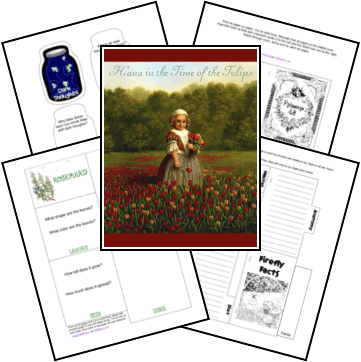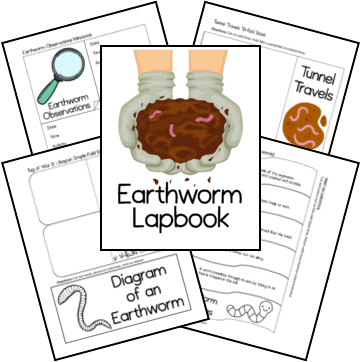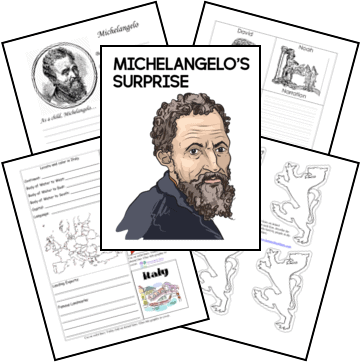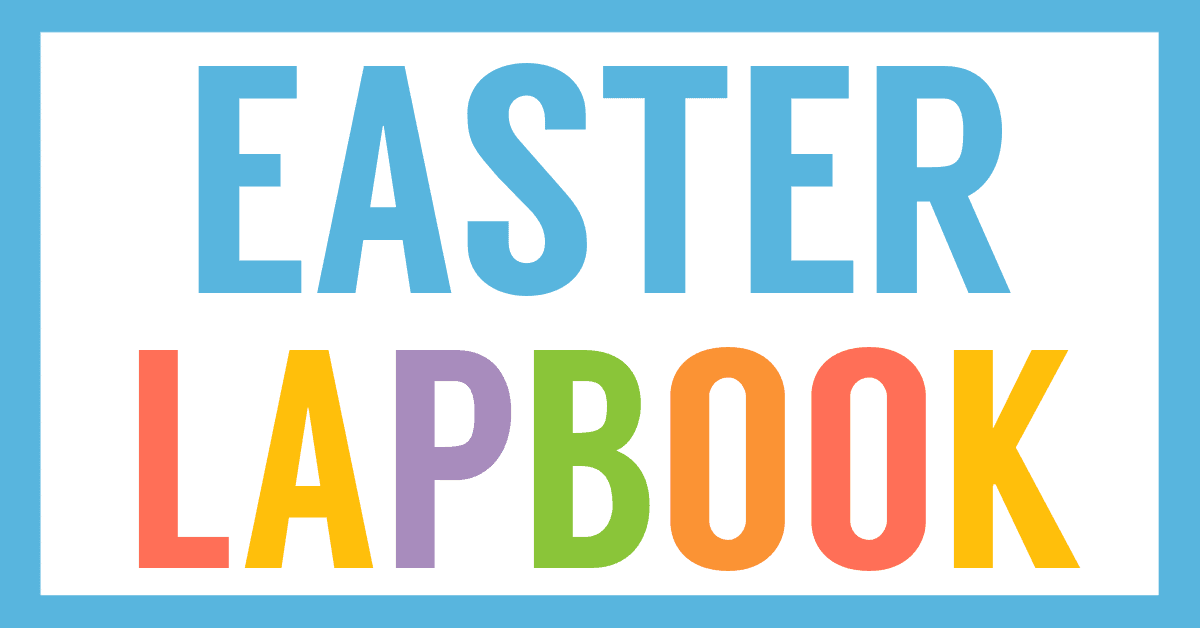Affiliate Disclaimer
We sometimes use affiliate links in our content. This won’t cost you anything, but it helps us to keep the site running. Thanks for your support.
This unit study includes lessons and printables based on the book Hana in the Time of the Tulips by Deborah Noyes.
Hana and her father used to love to walk in the garden in the evening and play their favorite game. But ever since tulip fever struck Holland, Hana’s father has been consumed by greed. Soon he is too busy to walk in the garden or kiss Hana good night or even realize how lovely the tulips are. Even worse, the tulip market is crashing, and now Papa is falling into despair. It’s up to Hana — with a little help from the painter Rembrandt, a family friend — to find a way to remind her father of what’s truly valuable and bring him back to his family.
Thanks to Wende for writing the lessons for this Hana in the Time of the Tulips unit study.
Hana in the Time of the Tulips Unit Study Lessons
Here are some sample lessons from the Hana in the Time of the Tulips Unit Study.
Geography: Holland
This story takes place in Holland, also called the Netherlands. The people of Holland are called “Dutch” and so is their language. Have your child locate Holland on the world map, on the continent of Europe, in the lowland region near the North Sea. Most of Holland is below sea level, so all kinds of dykes and dam systems have been built to keep the waters from flooding the country. The capital is Amsterdam, and the seaside town of Haarlem can be found to the west of it. Haarlem has been the center of the bulb-growing industry for many years. Other important industries are cheese, especially Edam and Gouda, as well as radios, textiles, and pottery. One of the first things children often think of when Holland is mentioned is a windmill. Windmills were once used to pump water out of the low-lying areas. They are not as common today. Another thing children often relate to Holland is the wooden shoe.
Science: Tulips
Tulips are popular spring-flowering bulbs. They are often associated with Holland, and are frequently imported from there, but they actually originated in the Middle East. Tulips come in just about every color except blue. They have cup shaped flowers that can be double or single, fringed or twisted, perfumed or non-scented. They can grow up to 2 ½ feet tall and have broad, smooth leaves that will quickly fade in summertime heat. Tulips bloom in April and May, and the flowers are short lived, lasting only about a week.
Tulips grow from bulbs. Inside the bulb is a solid stem, flower bud, and leaf bases where the plant’s food is stored. Roots will grow from the bottom of the bulb, to hold the plant in place. The flower bud will push up through the top of the bulb and grow into a beautiful blossom.
The flower has four parts:
- Petals – the lovely, colorful blossom that attracts bees, insects and birds to help with pollination.
- Pistils – the female reproductive part, which stores the egg cells.
- Stamens – the male reproductive part that produces the pollen that is needed to produce seeds.
- Sepals – small green leaf-like petals that surround the flower to protect a young flower.
When a bulb grows into the flower, the original bulb will disappear, but a small bulblett forms in its place, as do several buds. Properly cultivated, these buds will become bulbs of their own. Bulbs can be uprooted and moved about from June to September. Tulips need a cold winter in order to go dormant and store up enough food for their spring blossoms. If you live in a warmer area, you can purchase pre-cooled bulbs that can be planted. If you are sharing this book during the fall months, it would be fun for your children to plant a tulip garden to bring some beautiful color to your spring yard.
Art: Rembrandt
Hana always looked forward to Rembrandt’s visits. Rembrandt Harmensz van Rivn was a great painter born in Leyden, Holland in 1606. He was the son of a miller and studied in the Latin school of his birthplace. His parents knew he had talent and wanted him to learn with the best artists out there. In 1630 he moved to Amsterdam where he became a portrait painter and gained many pupils. During the 1600’s cameras weren’t invented yet. If a person wanted a picture of himself or his family, he would hire an artist to paint a portrait. Rembrandt was very good at painting these portraits.
It was in Amsterdam that he met and married his wife, Saskia, with whom he had one living child. When Saskia died nine years after they were married, Rembrandt married Hendrickje with whom he had a daughter. Rembrandt had used both Saskia and Hendrickje as models for his paintings.
In addition to painting portraits, Rembrandt enjoyed painting pictures of Bible characters and scenes, mythological characters, and groups of people. He painted many, many self-portraits, often practicing for an upcoming job. Still life paintings, such as the Semper Augustus, were actually not his favorite subjects. He made a good living as an art teacher and by selling his paintings. However, he went into great debt by buying a large house and many famous works of art for his personal collection. All of his furniture and art, and even his house, were sold at auction. He died a poor man in Amsterdam on Oct. 8, 1669.
Rembrandt created over a thousand works during his lifetime. His paintings are in museums and galleries all around the world.
You can grab a copy of the entire Hana in the Time of the Tulips Unit Study and Lapbook in an easy-to-print file at the end of this post.
Hana in the Time of the Tulips Lapbook Printables
In addition to the unit study lessons, this file also includes these mini-books so your student can create a Hana in the Time of the Tulips lapbook:
- Worm Anatomy Flap Book
- Worm Habitat Twice Folded Book
- Worm Layer Book
- Worm Classification Graduated Book
- Food Chain Wheel
- Vocabulary Cards & Pocket
- Tulipmania Math Flap Book
- Parts of a Tulip Bulb Mini-book
- Tulips Layer Book
- Baroque Period Timeline Mini-book
- What Is Baroque? Simple Fold
- Rosemary Layer Book
- Rembrandt Report Form & Pocket
- Holland Map Mini-book
- Firefly Life Cycle Wheel
- And more!
How to Get Started with Your Hana in the Time of the Tulips Unit Study & Lapbook
Follow these simple instructions to get started with the Hana in the Time of the Tulips Unit Study:
- Buy a copy of the book, Hana in the Time of the Tulips, or borrow one from your local library.
- Print the Hana in the Time of the Tulips unit study.
- Choose the lessons you want to use with your student (a highlighter works great for this).
- Choose and prepare the lapbook printables you want to use with your student.
- Enjoy a week of learning about tulips, earthworms, fireflies, the Baroque period, Rembrandt, and more.
Get Your Free Hana in the Time of the Tulips Unit Study & Lapbook
Simply click on the image below to access your free Hana in the Time of the Tulips Unit Study and Lapbook.









